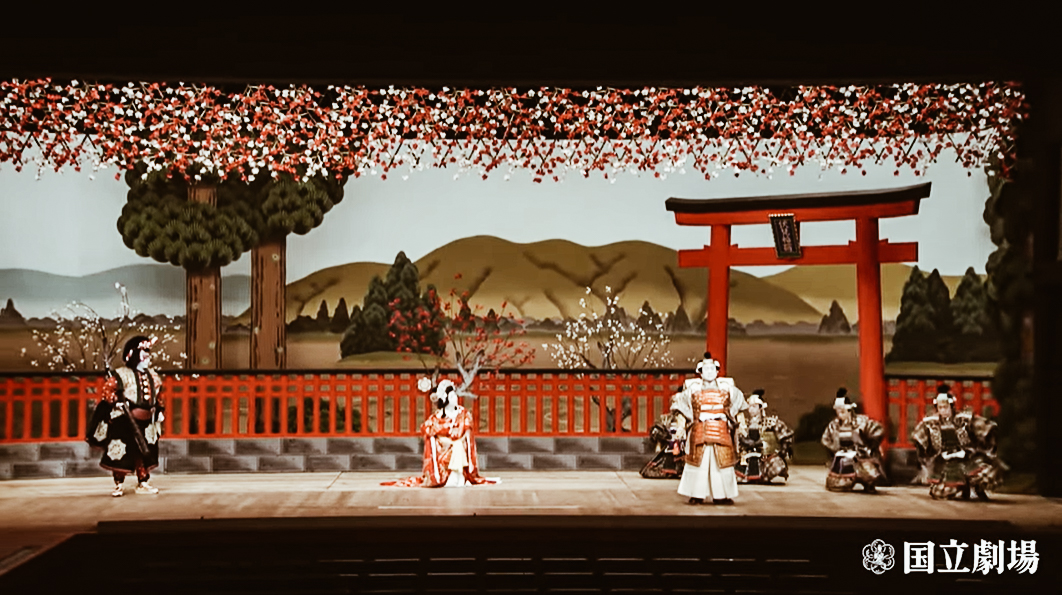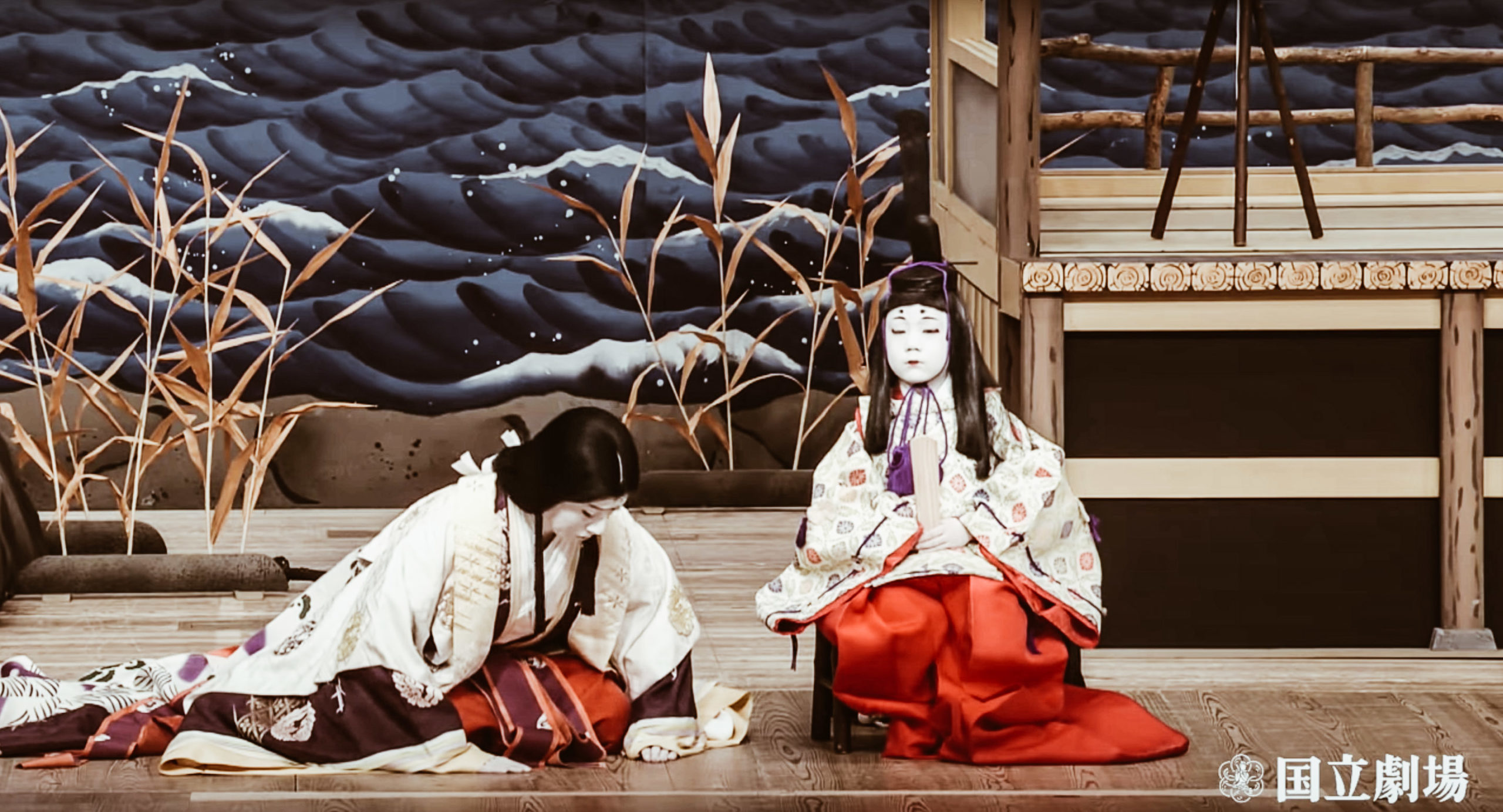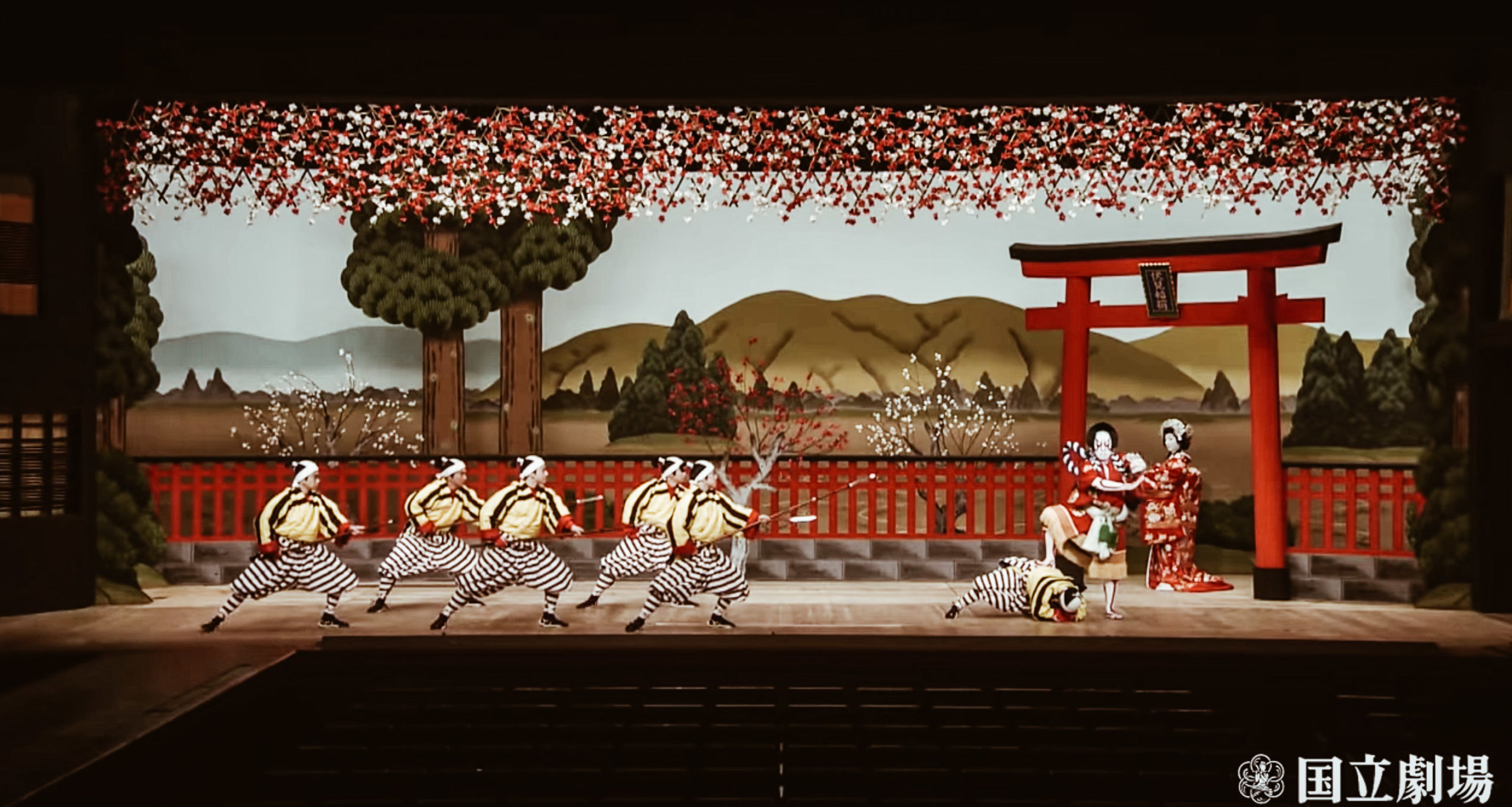Cose da fare in quarantena: guardare il teatro Kabuki
I classici del teatro Kabuki disponibili gratuitamente online
scritto da: Erika | Fonte: SoraNews24
La pandemia del coronavirus e il lockdown continuano in tutto il mondo, ma oggi condividiamo con voi i classici del teatro Kabuki disponibili online per poter passare il tempo in quarantena.

Le Origini
Per chi non sapesse di cosa stiamo parlando, con il termine kabuki (歌舞伎) si indica un tipo di rappresentazione teatrale sorta in Giappone all’inizio del XVII secolo.
Le origini di questa forma teatrale vengono fatte risalire al 1603 e fanno riferimento a danze eseguite, sulle rive del fiume Kamo a Kyōto. La parola Kabuki è formata da tre ideogrammi: 歌 ka (canto), 舞 bu (danza), 伎 ki (abilità). Gli ideogrammi scelti a formare il nome sono l’equivalente fonetico della parola kabuki, derivata dal verbo kabuku (“essere fuori dall’ordinario”). Questo stava ad indicare l’aspetto e il vestiario in voga al tempo di Toyotomi Hideyoshi e caratteristico dei cosiddetti kabukimono.
In origine, il teatro Kabuki veniva interpretato solo da donne, tuttavia, in seguito alla proibizione per motivi di morale, si passò ad una interpretazione solo maschile anche per le parti femminili. Gli attori specializzati nei ruoli femminili sono chiamati onnagata. Questa tradizione teatrale ammaliò la emergente classe borghese cittadina divenendo di coseguenza una forma popolare. La novità di queste opere consisteva nella rappresentazione di fatti, solitamente drammatici, realmente accaduti. Infatti, spesso tra l’accaduto e la rappresentazione trascorreva pochissimo tempo, costituendo un vero e proprio mezzo di comunicazione di massa.
La struttura
La struttura del Kabuki è molto diversa dallo schema del teatro occidentale e le opere non trattano mai argomenti di ordine generale, questioni esistenziali o riflessioni filosofiche. Quindi sono del tutto assenti monologhi shakespeariani o considerazioni dei protagonisti su questioni di carattere politico. Con trame e caratterizzazione dei personaggi molto fragili, le opere sono spesso confezionate a più mani.
Anche per questo tipo di forma teatrale vale il principio di non assegnare preponderanza alla comunicazione verbale, in opposizione alla cultura occidentale. Infatti, per molto tempo risultava difficile per noi occidentale riuscire a leggere le difficili e sottili situazioni. Le vicende espresse attraverso l’emotività dei singoli personaggi prevalgono sempre sulle considerazioni morali creando una forte tensione emotiva.
5 Ore di teatro Kabuki online

In contrapposizione al teatro Noh e Bunraku, il teatro Kabuki ha risonanza mondiale soprattutto per il tradizionale ed esagerato trucco facciale e costumi drammatici. La maggior parte di queste esibizioni si svolge in luoghi importanti, quindi per assistere ad un’opera Kabuki bisogna essere nel posto giusto, al momento giusto e una possibilità economica a vostra disposizione. Infatti, alcune esibizioni sono così di nicchia che possono solo funzionare per una ripresa, se a questo aggiungiamo la chiusura dei teatri possiamo capire come le problematiche si alzino per questo tipo di arte.
Dopo la cancellazione di Yoshitsune Senbon Zakura (Yoshitsune e i Mille Ciliegi), performance prevista per il 3 marzo, il Teatro Nazionale del Giappone ha colto l’occasione per creare qualcosa di ancora più speciale. Infatti, l’esibizione senza pubblico sarà pubblicata sul canale Youtube del teatro. Divisa in tre video, la rappresentazione teatrale è disponibile per la visualizzazione fino al 30 aprile alle 15:00 JST.
Yoshitsune Senbon Zakura
Yoshitsune Senbon Zakura è composto da cinque atti e richiederebbe due giorni per esibirsi nella sua interezza. In quanto tale, questi video ritraggono la storia in fasi separate. La Performance A copre le parti “Torii Mae”, “Tokaiya” e “Daimotsu-Ura” dell’opera, la performance B comprende le porzioni “Kokingo Uchijinishi”, “Shiinoki” e “Sushiya”. Invece, la Performance C gestisce il “Michiyuki Hatsune Tabi” e “Kawatsura Hogen Yakata” per un totale di cinque ore di intrattenimento.

Nonostante quest’opera sia una delle epopee antiche più famose, il teatro Kabuki può anche essere godibile con limitate o assenti capacità della lingua giapponese. Infatti, costumi, le esibizioni e la musica d’atmosfera contribuiscono a fornire un ampio contesto. Inoltre, Yoshitsune Senbon Zakura è uno dei tre spettacoli di Kabuki più famosi, quindi il materiale per orientarsi lungo la storia è facilmente reperibile anche per gli stranieri.
Per vedere tutte le performance, controllate il canale YouTube del National Theatre giapponese.
Condividi:
- Fai clic per condividere su Facebook (Si apre in una nuova finestra)
- Fai clic qui per condividere su Twitter (Si apre in una nuova finestra)
- Fai clic qui per condividere su Tumblr (Si apre in una nuova finestra)
- Fai clic qui per condividere su Pinterest (Si apre in una nuova finestra)
- Fai clic per condividere su Telegram (Si apre in una nuova finestra)
- Fai clic per condividere su WhatsApp (Si apre in una nuova finestra)
- Fai clic qui per condividere su Reddit (Si apre in una nuova finestra)
- Fai clic qui per stampare (Si apre in una nuova finestra)






